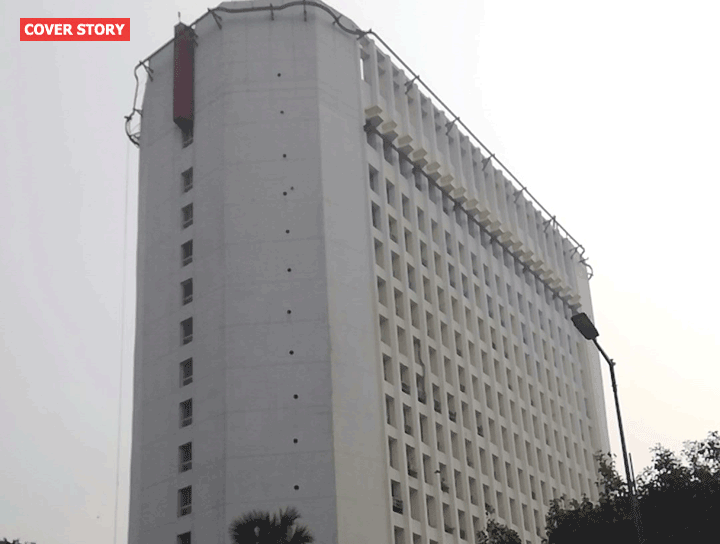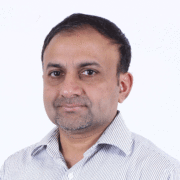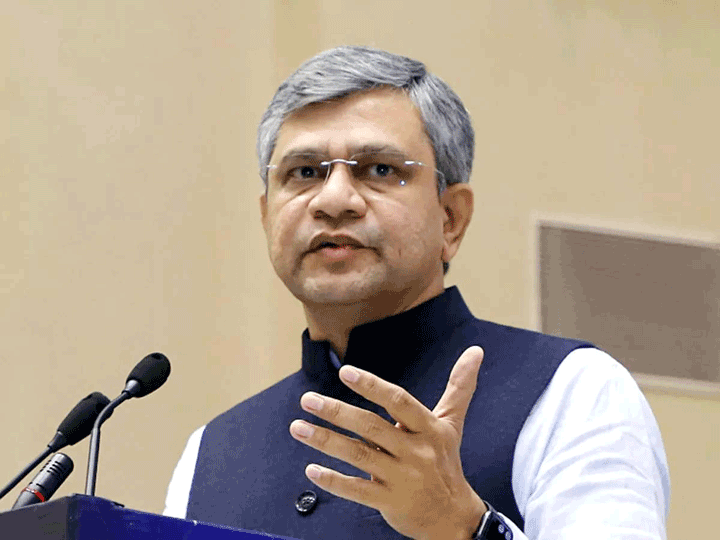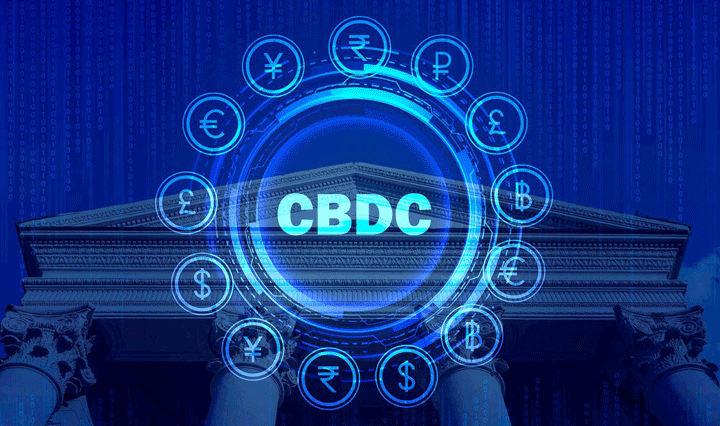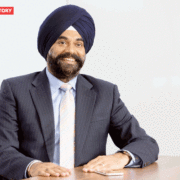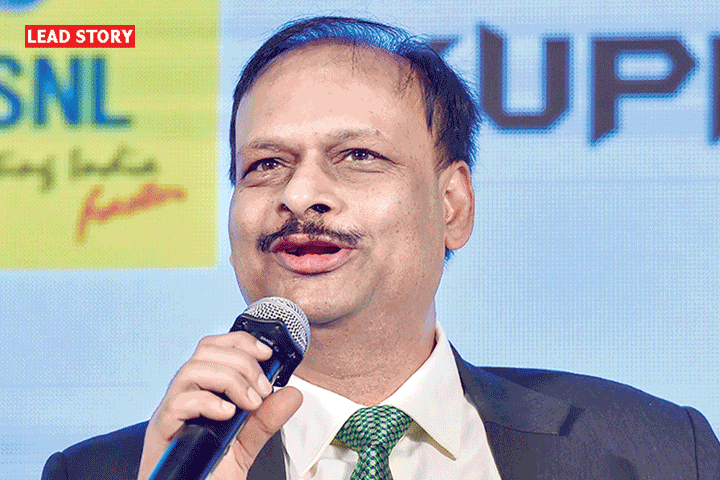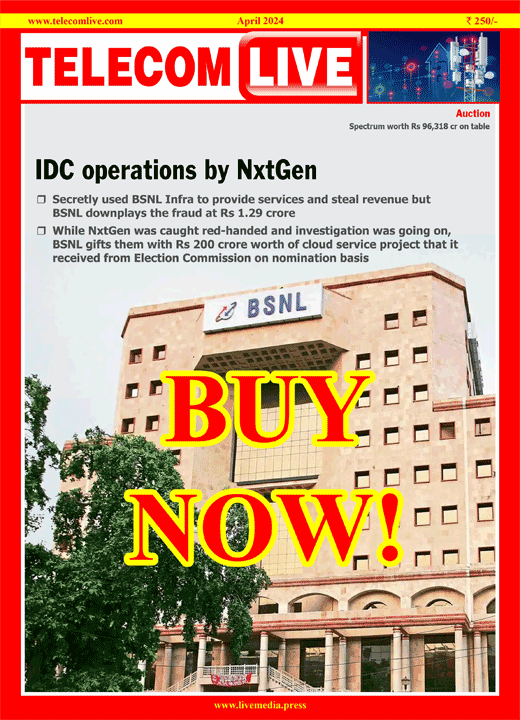ETIMC: Data security top priority for Govt, says Minister Sinha
Telecom minister Manoj Sinha said the upcoming National Telecom Policy 2018 would focus on key domains such as the licensing framework, R&D and innovation, data security & privacy and also outline the country’s fifth generation (5G) technology roadmap.
“One of the most important areas that the new telecom policy will address is the realm of emerging 5G technologies, and we have taken steps and even committed budgetary support to set up a test bed at IIT Chennai,” Sinha said, addressing delegates at the ET Telecom India Mobile Conclave 2018 Thursday.
The government has repeatedly said India does not wish to lag behind the rest of world on 5G, a next-generation technology that promises blistering download speeds of 20 GBs/second against 1 GB/second on a 4G network.
Data security and privacy, Sinha said, is another top priority for the government, which is already following “global best practices” in the field.
“Data security and privacy will be a key facet of the upcoming NTP 2018, and I’m certain that the legal framework being formulated by the Justice Srikrishna Committee will fully secure the country’s data,” the telecom minister said, participating in an interactive session at ET Telecom event.
The BN Srikrishna Committee, which has been tasked with drafting the crucial legislation and framing data protection rules, has kicked off the public consultation process in January.
Sinha said the Modi government is also committed to ensuring a strong and vibrant telecom industry, adding that upcoming telecom policies would aim to play “the role of growth enabler” and not merely treat the sector as “a source of revenue generation”.
Sinha said the government’s plans “to broadband-enable 2.5 lakh gram panchayats by March 2019” through the national broadband venture BharatNet is on track.
In this context, the minister said all components of the BharatNet broadband venture “had been indigenously manufactured, giving a fillip to the country’s `Make in India’ drive.
Nevertheless, he said much needs to be done to bridge the continuing digital divide in India. “Despite being the second-largest internet consumer in the world, more than two-thirds of India’s population is yet to go online, which is why, bridging the digital divide remains a key objective to harnessing the vast potential of our country,” the minister said.
India’s internet traffic, however, he said, had increased sharply from 561 million GBs in April-June 2016 to 2,988 million GBs two quarters later.
Sinha said the government remained fully committed to creating top-end digital infrastructure to realise Prime Minister Narendra Modi’s Digital India dream, and the doubling of on-ground optical fibre cable capacity to 14 lakh route kms from 7 lakh route kms four years ago, is clear proof.

